France's attempts to expand its overseas empire date back to the 16th century, although it was not until 1605 in what is now Nova Scotia, Canada was founded settlement outpost. Throughout During the 17th and 18th centuries, it grew into one of the largest and richest empires in history, with colonies scattered across the Americas, Africa, the Middle East, the Indian subcontinent, and Southeast Asia at its peak. Much of this was made possible by military conquest, as the French army was also a powerful and formidable fighting force, often equipped with the latest technology and made up of conscripts from all over the world.
Of course, the French Imperial Army also suffered its fair share of military defeats, just like any other empire in history. Despite its technological superiority and sheer numbers, the French Empire faced many worthy enemies during its existence. This includes two major wars of independence in Indochina (now Vietnam) and Algeria, as well as the largest slave rebellion in Haiti, among other lesser-known conflicts taking place around the world.
10. Korea
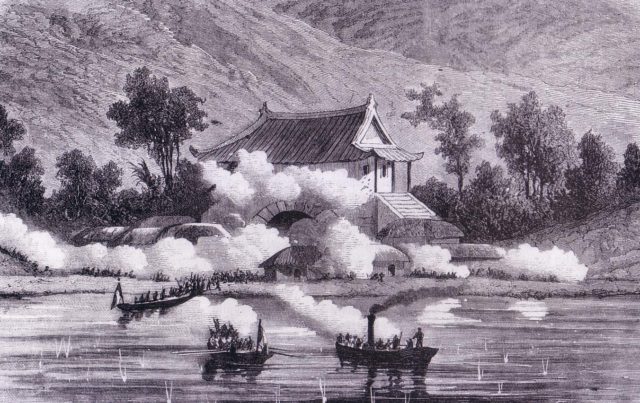
The French invasion of Korea in 1866 was prompted by the persecution of Christians that was ongoing throughout the country at the time. In February, seven French Catholic missionaries were executed by order of the Imperial Regent of Korea , which provoked a disproportionate reaction from French troops stationed in the Far East.
The fighting was largely confined to Ganghwa Island, a strategic location on the Han River on the route to Seoul. For six weeks beginning in October, the French troops occupying the island made numerous attempts to advance on the heavily fortified capital, but with little success. The Korean army was better equipped and outnumbered, with the added advantage of being on home soil. The invasion resulted in a humiliating defeat for the French, which significantly reduced theirinfluence in the region for many years.
9. Austria
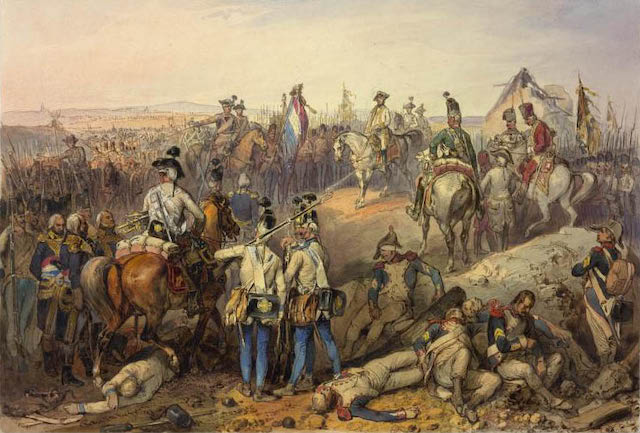
The Battle of Neerwinden took place on March 18, 1793 between France and the Austrian army at the head with the Habsburg prince Friedrich Josias. Although not a major battle in itself, it was an important part of the larger wars of the French Revolution - a series of conflicts between post-revolutionary France and a coalition of European monarchies.
It was the first defeat for France in an otherwise successful invasion of the Austrian Netherlands, and set the stage for further setbacks against the Habsburgs the following year. Despite the revolutionary fighting spirit and numerical superiority of the French troops, they were no match for the trained and experienced Austrian army. By the end of the war, the French army had been forced to retreat with losses of over 4,000 soldiers, compared to about 2000 lives lost on the Austrian side.
8. China

Battle 1859 at the Taku forts The Opium Wars in China took place against the backdrop of the Opium Wars, a multi-year war that pitted the British and French empires against imperial China. It was a large-scale conflict that sometimes involved other European powers, mostly over trading rights in China. While the Western nations ultimately won the war, the Battle of Taku Forts was a huge setback for both Britain and France, forcing them to retreat and return with much larger forces.
On June 25, the allied forces began bombarding the forts, a strategic location on the route to the capital Peking, now Beijing. A contingent of soldiers was also sent to capture the garrison, although the combined attack was soon stopped and repelled by heavily fortified Chinese defensive positions. Of the 1,100 soldiers who invaded that day 434 people were killed or wounded, and four of their gunboats were sunk.
7. Mexico
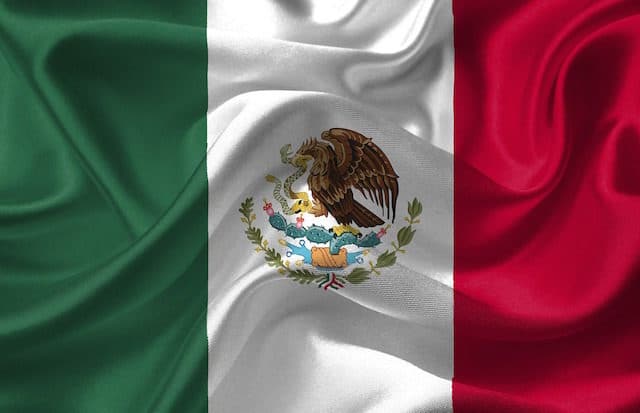
Cinco de Mayo is often confused with Mexico's Independence Day, although it actually marks the date of a major Mexican victory over French forces in 1862. Known as the Battle of Puebla , it was one of many small and large-scale battles that took place during the Second French Intervention of Mexico—an invasion launched by Napoleon III to replace the fledgling Mexican Republic with a conservative French puppet state.
At the time, Puebla was the second largest Mexican city, strategically located on the route to the capital. The French, encouraged by previous victories in the campaign and the overwhelming technological and military superiority of their forces, attacked the city on May 5. While the defending army consisted of volunteers and poorly trained militias armed with simple weapons such as machetes , They were able to hold back the French advance, eventually forcing them to retreat.
The victory at Puebla galvanized Mexican resistance to colonialism. Although France did take Puebla and Mexico City in 1863, they were never able to hold the territory due to the irregular warfare that Mexican rebels waged in the countryside. After nearly six years of fighting, French forces were completely abandoned Mexico in March 1867.
6. Japan
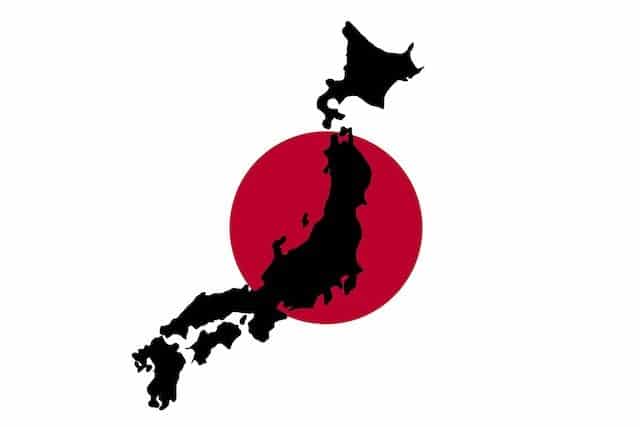
When France was successfully invaded and occupied by Germany in the early stages of World War II, many of its overseas possessions were still controlled by Imperial French forces. Sensing an opportunity, Japan signed a pact with the collaborationist government Vichy about the deployment of more than 6,000 troops in French Indochina - the colonial-era name for the countries of Vietnam, Cambodia and Laos.
Without warning, the full-scale Japanese invasion began on September 22, 1940, when infantry columns broke through the border in three places. For nearly five days, colonial French troops and foreign legionnaires fought with the Imperial Japanese Army for control of key strategic points, although they were ultimately defeated by superior Japanese air power and armor.
5. Prussia

The Franco-Prussian War began in July 1870 , when the French Emperor Napoleon III ordered his troops to launch a full-scale invasion of Prussia, then a loose confederation of German states led by Otto von Bismarck. Although the immediate cause was a dispute over the Spanish throne, the war was fought against the backdrop of a larger rivalry between Prussia and France, then two of the most powerful states in Europe.
The war ended in disaster for France. Despite having equal numbers of troops, Prussia was able to move large numbers of troops to the battlefield in a matter of days. On the other hand, French soldiers were usually unequipped or arrived late to the front, which led to catastrophic losses for one of the most technologically advanced armed forces of the time.
The war ended with the siege of Paris and the eventual defeat of France in 1971, and this would have long-term consequences for Europe in the coming years. In France, it ended Napoleon's rule and established the Third French Republic. In Germany, it strengthened popular faith in German militarism and united the previously separate Prussian states into a single German Empire.
4. Vietnam
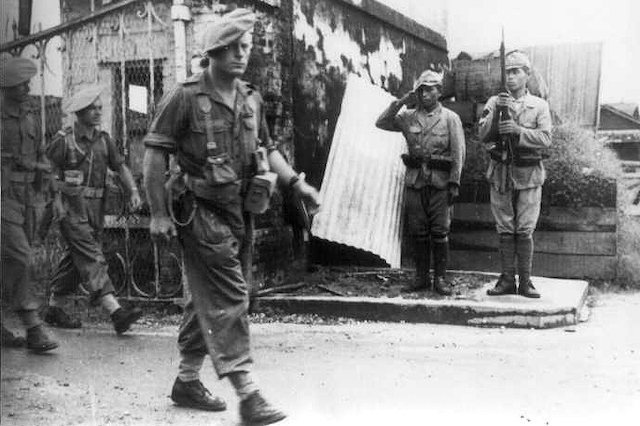
The First Indochina War between France and communist rebels in Vietnam—then Indochina—began almost immediately after the end of World War II. When Japan signed the terms of surrender on September 2, 1945, the same day Viet Minh leader Ho Chi Minh proclaimed independent Democratic Republic of Vietnam , which set the stage for a long conflict that would greatly undermine Vietnam's strength. French colonial empire.
Although fighting in the early years was limited to small-scale, low-intensity skirmishes, everything changed in 1949 after the successful revolution in China. The Viet Minh used increasingly aggressive guerrilla tactics in North Vietnam and parts of South Vietnam, prompting the United States and other Western powers to intervene.
The war ended with a siege Dien Bien Phu — a mountain outpost on the Laotian border occupied by France. Although the garrison was heavily fortified and regularly supplied by air, it was no match for the crushing onslaught of Viet Minh forces. The garrison was captured within two months, beginning in March 1954, bringing a decisive and bloody end to the French colonial empire in Asia.
3. Algeria
The Algerian War of Independence against colonial French rule was one of the largest conflicts of the 20th century. From 1954 to 1962, more than 1.5 million Algerians may have died during the war, although the actual numbers may be much higher. Much of the violence may be related to French repression of Algerians’ revolutionary activities, especially those allied with the Front National Liberation (FLN) , including summary executions, rapes and torture of local civilians.
The most intense phase of the war was the Battle of Algiers in 1956–57, when Algerian rebels used increasingly brutal fighting techniques to break the French will to fight. Although retaliation was often swift and disproportionate, the ferocity of the fighting quickly turned French citizens against the war. France did achieve some successes in 1958 and 1959, although growing anti-war pressure at home and abroad forced Charles de Gaulle to sign a peace agreement in 1962 that ended more than 132 years old French rule in Algeria.
2. Russia
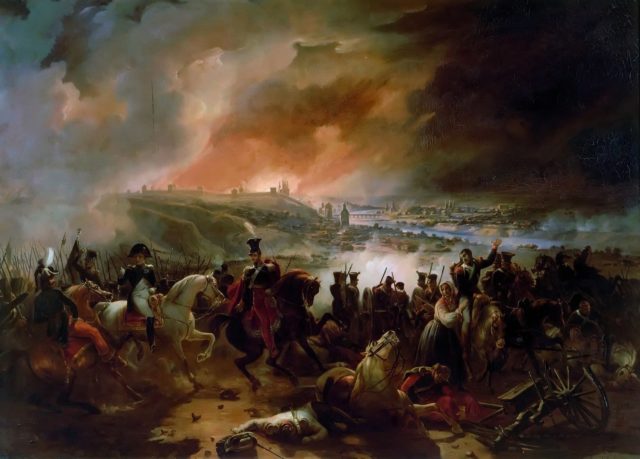
When the French invasion of Russia began in 1812 under Napoleon Bonaparte, his army was perhaps the largest concentration of military force assembled anywhere in the world up to that time. The Great army numbered more than 500 000 soldiers and consisted of battle-hardened, well-trained soldiers from all over the French Empire.
Once it crossed Russia, the French army was slowed by poor roads and the vast Russian hinterland, as the French supply lines relied heavily on wagons and a reliable road network to function. Furthermore, the troops were seriously unprepared for the Russian winter, as they apparently expected the fighting to be over before it began.
As French soldiers began to desert or die from the harsh conditions, the Russians refused to give them battle. Napoleon's troops occupied Moscow on September 14, but found it deserted and most of the food rations gone. Unwilling to face the approaching winter in the heart of Russia, the Grand Army, now numbering barely 100,000 soldiers, October 19 began retreating from Moscow .
1. Haiti
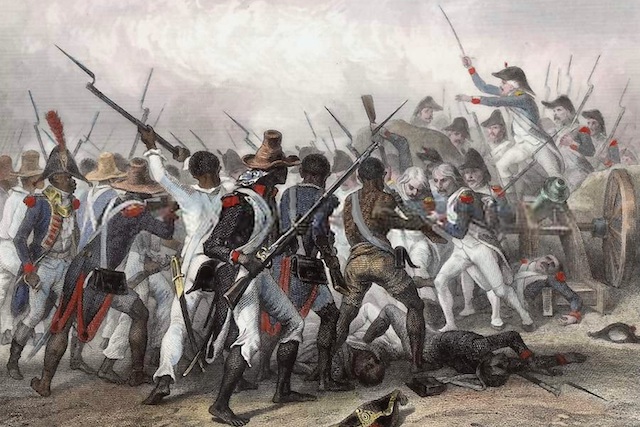
Before its successful revolution against colonial French rule, Haiti was one of the world's most profitable overseas colonies, as well as a major market for the French-controlled African slave trade. Then called Saint-Domingue, it accounted for almost two thirds of all French foreign trade, it employed about 1,000 ships and 15,000 French sailors.
Beginning in 1791, inspired by the ideals of the French Revolution, slaves across Haiti formed small groups and began attacking slave owners and other slaves who refused to join the rebellion. Although many different parties were eventually involved in the conflict, including Britain and Spain, it was fundamentally a fight for the freedom of the enslaved people of Haiti against imperial colonial rule.
The revolution did not end until 1804, when rebel leader Jean-Jacques Dessalines issued a declaration of independence for Haiti and replaced the colony with a Haitian state. While more 200 000 Haitian slaves died during the 12-year rebellion, and its success served as an example for other oppressed people in the Americas and the rest of the world. To this day, the Haitian Revolution remains the only successful slave rebellion in history.

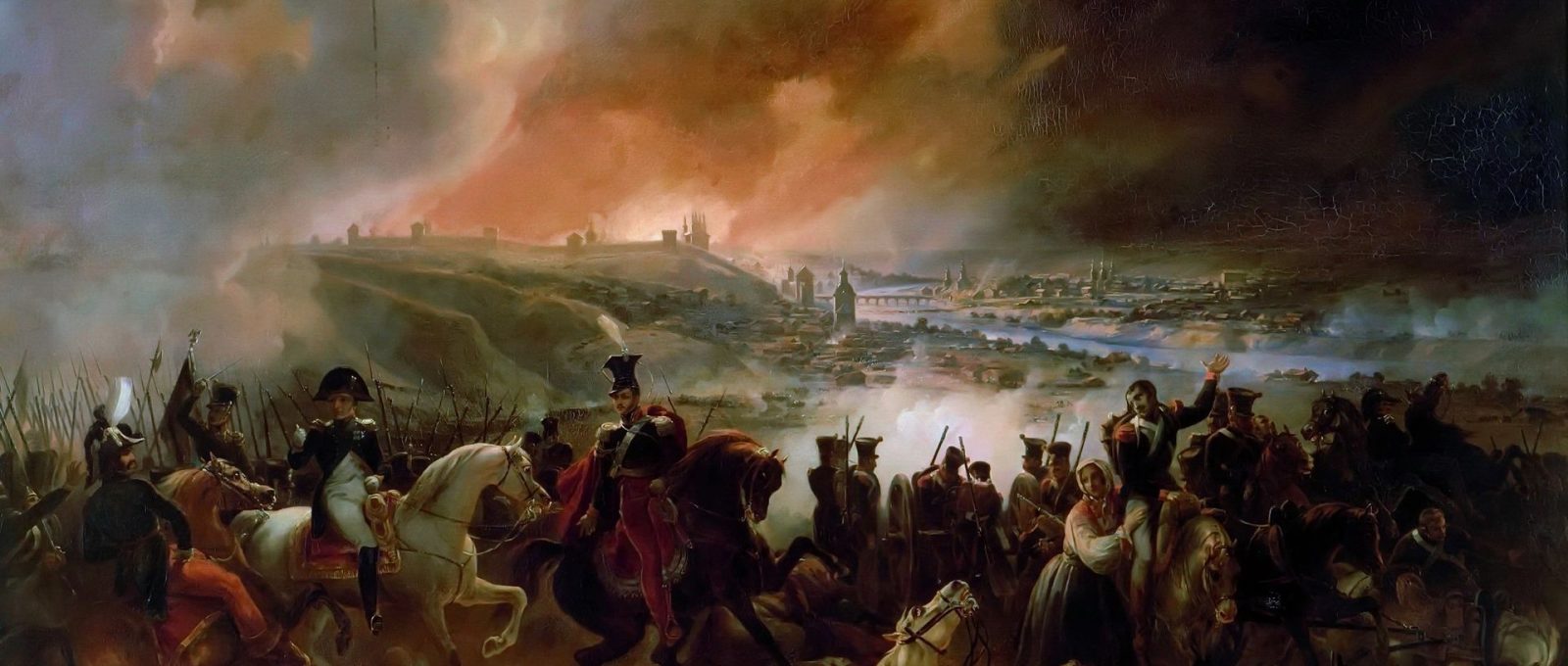












Оставить Комментарий